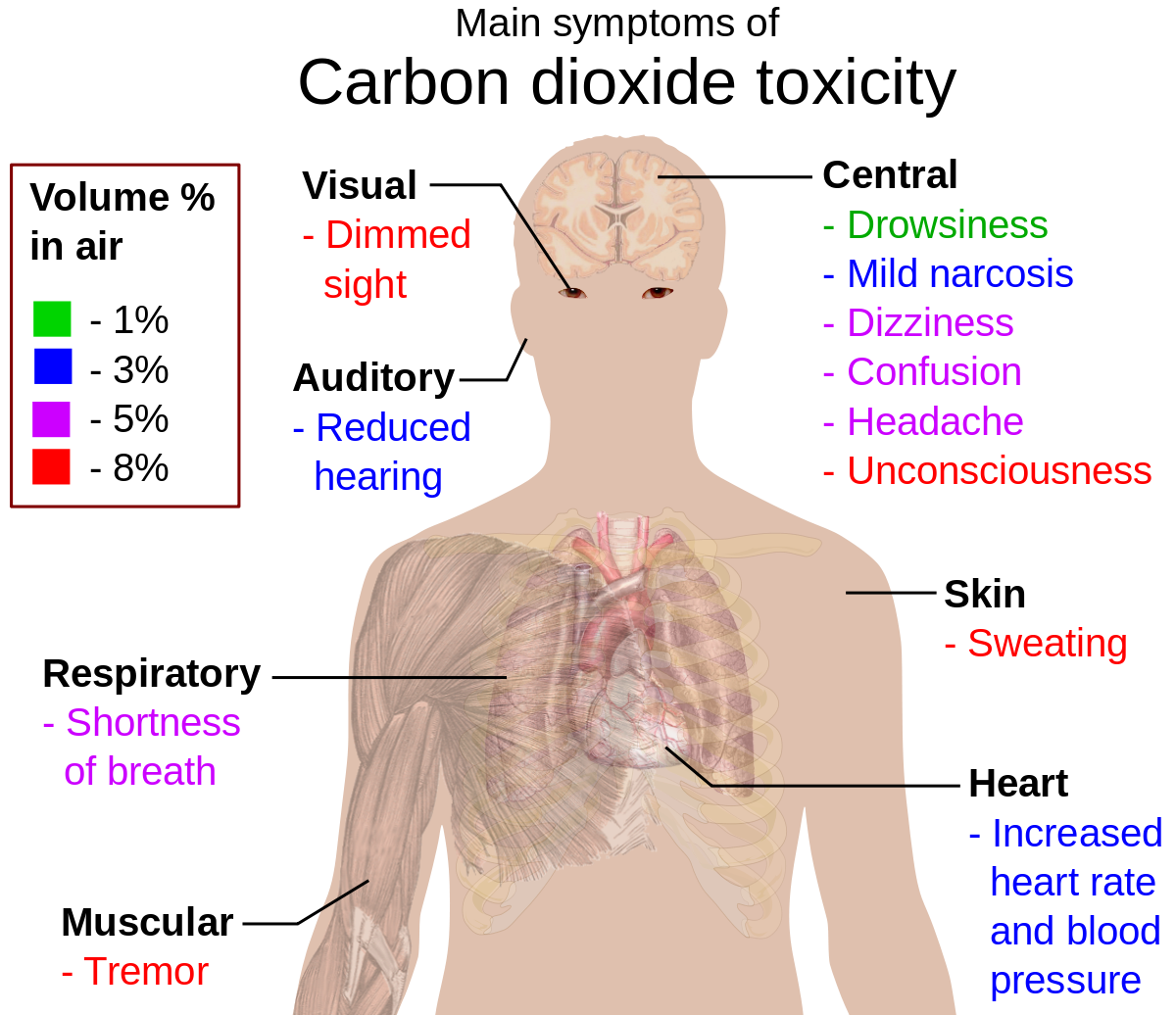Preparations.
Obtain a 500 ml whipped cream dispenser and 20 or more 8g N2O chargers, a few latex balloons withstanding expansion up to 25 cm or more in diameter, 5 - 10 identical LDPE bags having the real capacity of 20 - 35 liters each (the real capacity may significantly differ from the one declared by the manufacturer), PVC electrical tape, and nail scissors with sharp edges.
Disassembly and wash the dispenser from inside with warm water, then dry it before the first use.
Test for light euphoria from N2O.
Put the opening end of the prepared latex balloon on the output of the dispenser. Place an N2O charger into the holder with the smallest end facing upwards. Twist the charger holder onto the head of the dispenser until you hear a hiss as the gas starts to be released. Hold the latex balloon by one hand and press the lever of the dispenser to release the gas into the balloon.
Hyperventilate for 20 seconds, compress the opening end of the balloon, take it off, choose a safe location and position in order to avoid injuries due to falling, plug the nose, make several deep breaths into and from the balloon for about half a minute or until unusual sensations occur. Breathe with fresh atmospheric air for half a minute, then repeat respirations with the balloon for about 20 seconds, then breathe with atmospheric air as usually.
Test for fainting from N2O.
If the dispenser contains only air, the dispenser should be filled with N2O as described above and the gas mixture (about 8 parts of N2O + 1 part of air) should be removed from the dispenser in order to reduce the percent of air (and particularly oxygen) inside (the gas can be used for relaxation) and the dispenser should be refilled with another N2O charger.
Fill the prepared latex balloon as described above, lie on your side on a bed, hyperventilate for 20 seconds, exhale as much air as possible by applying a significant effort, inhale as much gas from the balloon as possible, then hold your breath for about 30 seconds.
If you couldn't pass out from inhaling a single portion and you want to try to achieve a complete blackout nevertheless, then you can refill the balloon right after the first inhalation, exhale the gas mixture from the lungs maximally, and inhale the second portion similarly to the first one.
Training proper handling of plastic bag.
Before the actual CTB procedure is performed, it makes sense to train the skills of putting the bag over the head and sealing it properly.
Exercise 1. A plastic bag should be inflated with air, punctured by scissors, and ripped by hands in order to determine the effort needed to restore breathing with fresh air in emergency case - if you can't unseal it quickly enough just by unwrapping the tape.
Exercise 2. A plastic bag should be inflated with air (up to the full capacity), then its opening end should be closed and placed right above the head (as close as possible). After that, the bag should be placed over the head so that its opening end would cover the neck, approximately 1/4 - 1/3 part of the remaining air should be removed from the bag by compressing it with a hand, and 3 circles of electrical tape should be wrapped around the neck.
Exercise 3. Put the opening end of the bag on the output of the dispenser, secure the connection with 1.5 - 2 circles of electrical tape. Try to inflate the bag with gas from the dispenser filled with a single N2O charger, then unwrap and remove the tape. Removing the tape should not cause disruption of the bag.
Test for potential airtightness of a secured bag.
A plastic bag is placed over the head and secured over the neck as described above in Exercise 2, then 5 - 10 matches containing sulfur are burned nearby and placed into a bowl with water. If you can't notice the smell of sulfur dioxide for a minute after that, the bag may be deemed airtight.
CTB protocol.
- Prepare an LDPE plastic bag having the real capacity of 20 - 35 liters. Inflate the bag with air and inspect it for possible leaks. After checking the bag, remove as much air from it as possible.
- If the dispenser contains only air, use an N2O charger to displace air as described above in the section "Test for fainting from N2O".
- Put the opening end of the bag on the output of the dispenser, secure the connection with 1.5 - 2 circles of electrical tape. Release N2O from a charger into the dispenser and then from the dispenser into the bag. Repeat the cycle of filling the dispenser and the bag until the full capacity of the bag is used. Do not ever refill the dispenser before releasing previously charged gas from it. Avoid a possible excess of pressure in the bag that might lead to disruption.
- Unwrap and remove the tape, detach the bag from the dispenser, close its opening end by hands, preventing (or reducing to bare minimum) possible leaks.
- Hyperventilate for 30 - 60 seconds.
- This step should be done quickly and immediately after step 5. Sit down and place the opening end of the bag right above the head (as close as possible).
- This step should be done quickly and immediately after step 6. Exhale as much air from the lungs as possible by applying a significant effort, stop breathing and place the bag over the head so that its opening end would cover the neck. Remove approximately 1/4 - 1/3 part of the remaining N2O gas from the bag by compressing it with a hand.
- This step should be done quickly and immediately after step 7. Wrap 7 - 10 circles of PVC electrical tape around the neck (over the bag) and lie on the ground or the floor.
- Inhale deeply and then breathe as you like.
en.wikipedia.org



